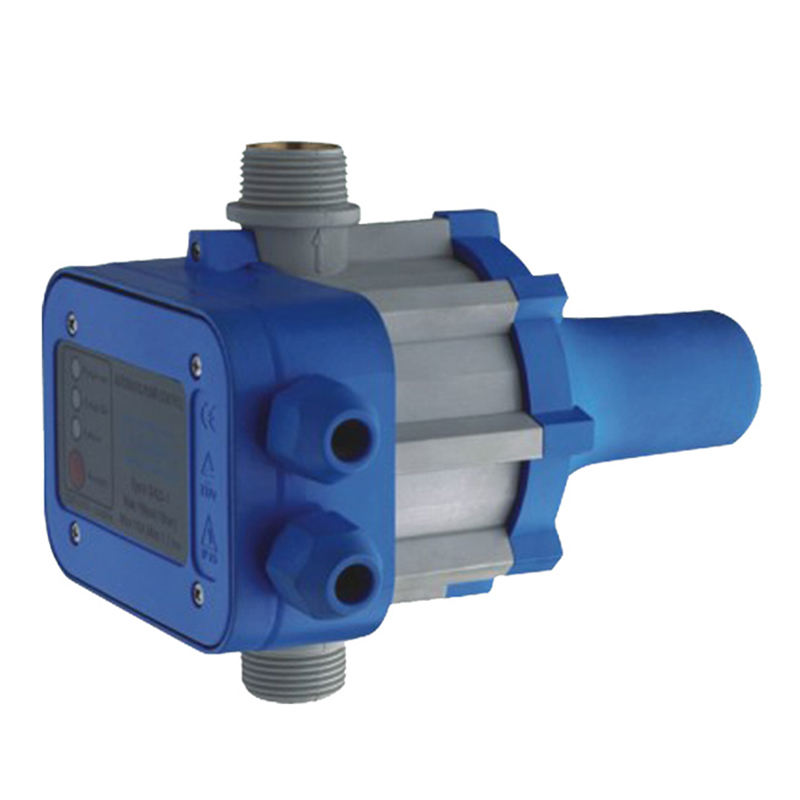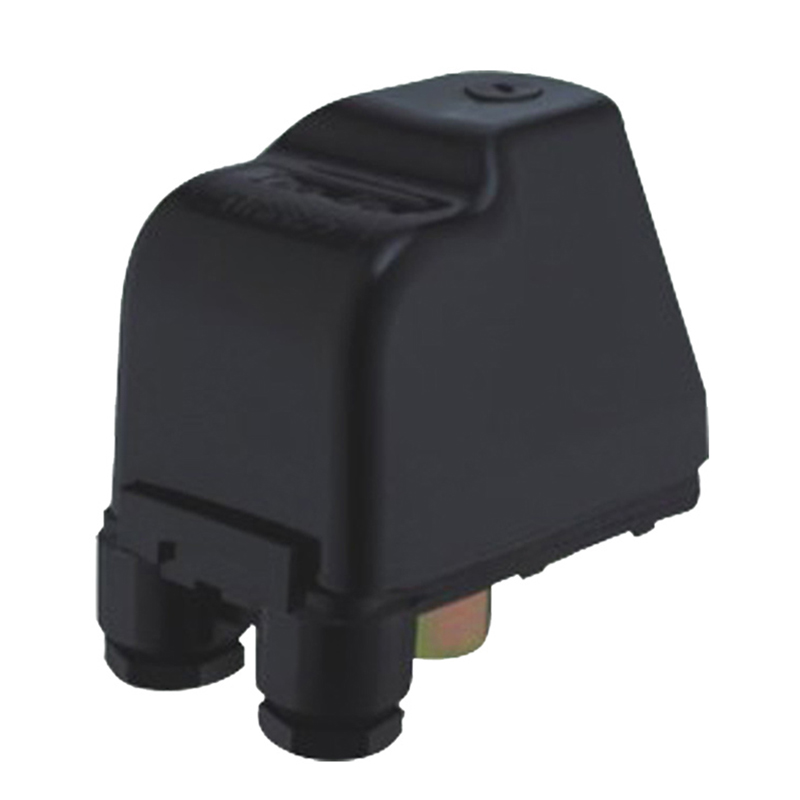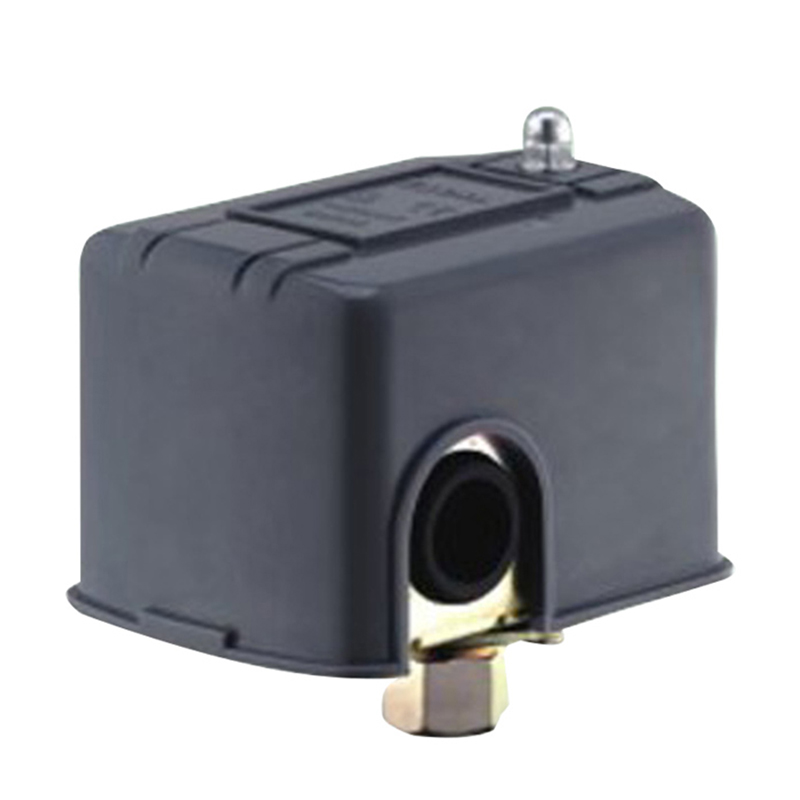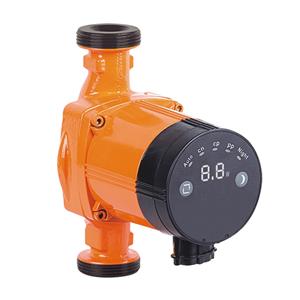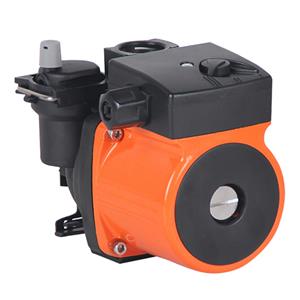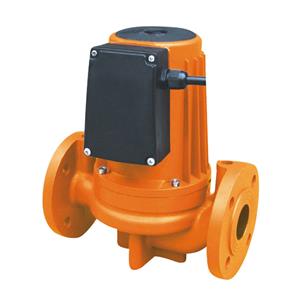
Silicone rubber O-rings are a widely used component for sealing, mainly to prevent leakage of liquids or gases. They are made of a silicone rubber material with excellent resistance to high, low and chemical temperatures and are suitable for a wide range of industrial and commercial applications.
1. Characteristics of Silicone Rubber O-Rings
Temperature Resistance: Silicone rubber O-rings can operate in temperatures ranging from -60°C to +200°C, with some specific types able to withstand even higher temperatures.
Chemical resistance: Silicone rubber offers good resistance to many chemicals, including water, steam and certain acid and alkali solutions.
Elasticity and sealing: Silicone rubber O-rings have good elasticity and are able to return to their original shape after compression, providing an effective seal.
Non-toxic: Silicone rubber materials are generally considered non-toxic and are suitable for use in food and medical devices.
2.Application Areas
Silicone rubber O-rings are widely used in the following areas:
Medical devices: Used for sealing various medical devices to ensure a sterile environment.
Automotive industry: for sealing of engines, transmissions and other components.
Electronic products: used for waterproof and dustproof sealing.
Household appliances: such as washing machines, refrigerators and other equipment sealing.
3. Selection and Installation
When selecting silicone rubber O-rings, the following factors need to be considered:
Size: Ensure that the inside and outside diameters of the O-ring are appropriate for the installation location.
Hardness: Select the appropriate hardness (usually expressed in Shore A degrees) for the application.
Environmental conditions: Consider the temperature and chemical media of the operating environment.
When installing, make sure the surface of the O-ring is clean and use a proper lubricant before installation to prevent damage during installation.



